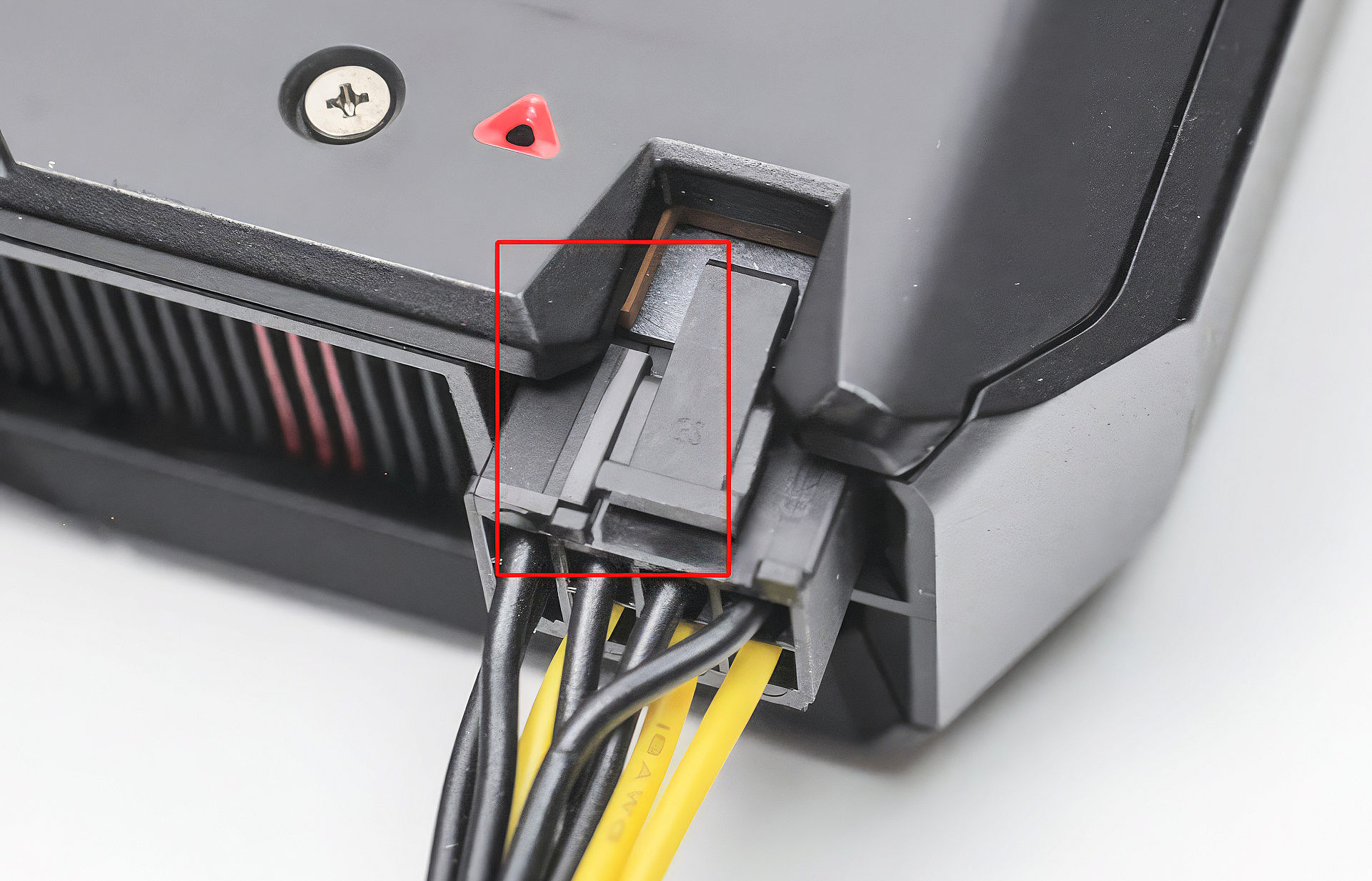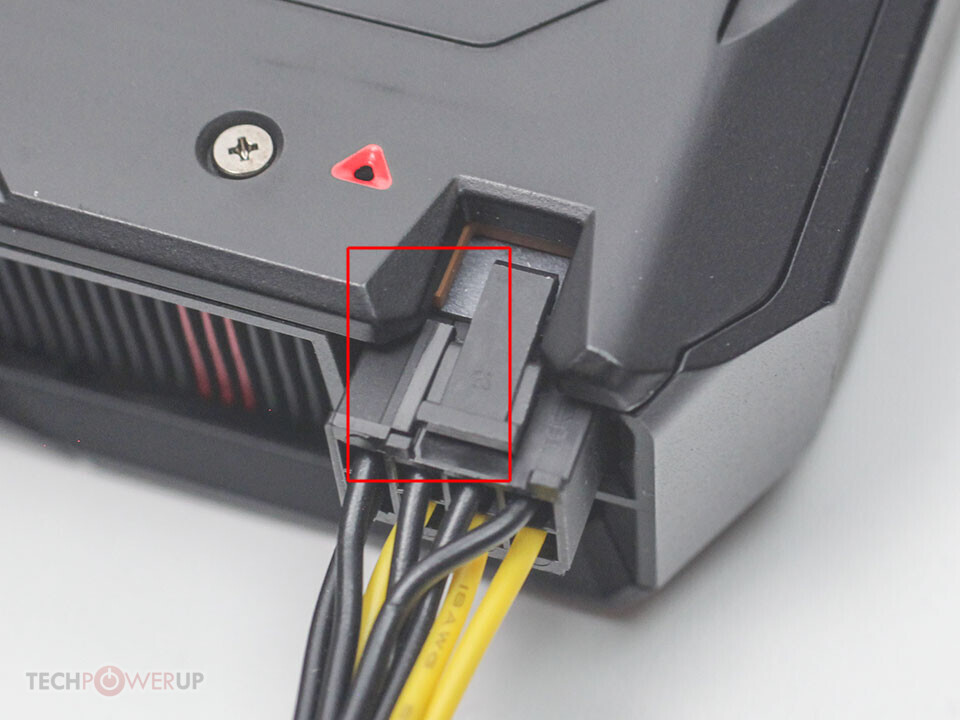- Aug 22, 2001
- 32,261
- 33,003
- 146
Sony has had the hot hand. We will see how it plays out. You are on record that it flops. Assign a number to what you consider a flop. Also, where in my post did I write console? That's right, I didn't. You need to put away your jump to conclusions mat. I wrote exactly what I intended. Some handhelds are considered PCs, others consoles, others remote play devices, but all fall under the category of handheld.I think the Sony Handheld is going to flop. It's NOT a console. It's just a dedicated Wifi Streaming device for your PS5.

Sony’s new Q handheld is official: 8-inch screen, streams PS5 games
Project Q launches later this year.www.theverge.com




